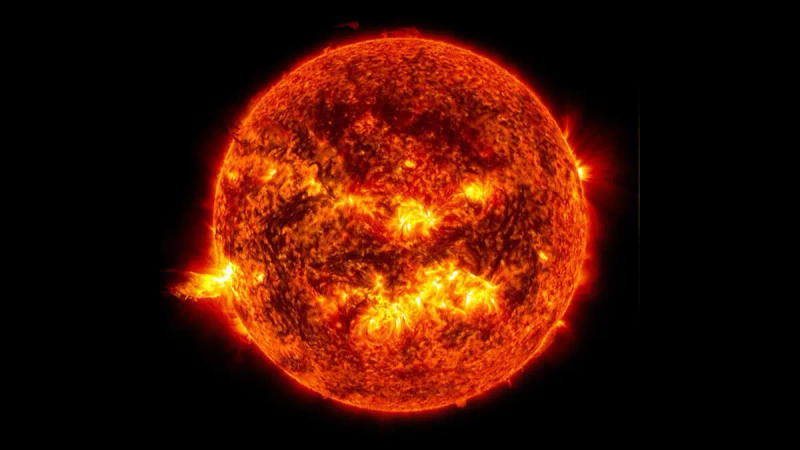Published 15:58 IST, November 26th 2023
NASA warns of another solar storm. How are they a threat to Earth?
NASA's space weather report from last week revealed that there were 23 recorded CME events apart from three C-class and two M-class solar flares.

The solar activity has heightened again and NASA has warned about Earth being hit by another coronal mass ejection (CME) event on November 26 or the days following it. According to NASA's space weather report from last week, there were 23 recorded CME events apart from three C-class and two M-class solar flares.
The solar flares, which are bright bursts of light, are classified in different classes - X, M, C, B and A - with X being the most powerful and A being the least.
The CMEs are different than solar flares as the former includes charged particles that are ejected millions of kilometers into outer space. The word ‘coronal’ is derived from the outer solar atmosphere - the corona - which is structured by strong magnetic fields.

NASA explains that these particles result from the bursting of "bubbles" of gas and magnetic fields and they contain billions of tons of matter that affect space weather. Notably, changes in the Sun's magnetic field is the underlying cause for both the CMEs and solar flares.
The frequency of CMEs vary according to the 11-year solar cycle when the polarity of the sun is reversed.
NASA says that the said frequency can be one CME event per week at solar minimum or 2-3 such events per day during solar maximum. These bursts of light and particles striking Earth also affect the planet's magnetic field which trigger auroras in the polar regions.
How does solar activity poses threat to Earth?
Strong solar activity poses threat not only to the active satellites in orbit but also to astronauts aboard the International Space Station.
The magnetic solar storms can interfere with radio and GPS service, disrupt power grids, cause early corrosion in oil and gas pipelines.
The space weather radiation also pose health risk for astronauts, can damage spacecraft solar arrays, disrupt communications, trip satellite electronics and cause pre-mature orbital decay of satellites.
Updated 15:58 IST, November 26th 2023



